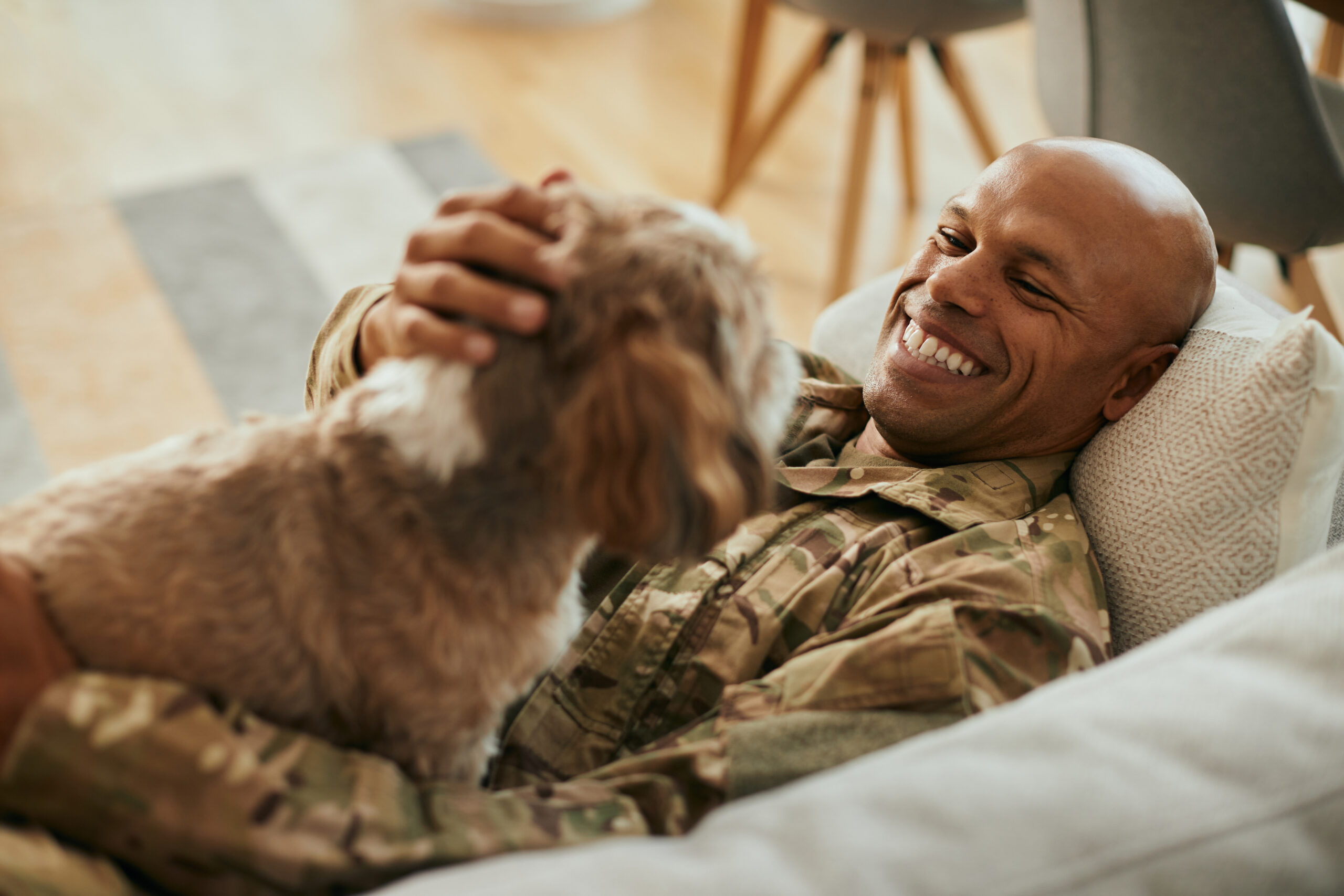Written by: Kristen Jowers, M.S. & Nichole Huff, Ph.D., CFLE
Brown (2023) estimates that nearly 62% of Americans have a pet, and half of pet owners not only consider their pets to be a part of their family but say they are as much a part of their family as a human member. From buying gifts for pets to buying pets as gifts, many military families may be budgeting for their furry family members this year. The ASPCA estimates the first year of pet ownership costs between $1,000 to $3,000 (including initial vaccinations and pet purchase/adoption costs). Subsequent years range between $800 to $875, not including the optional additional cost of pet health insurance. For pets that may live to be 14 years old, the expenses can really add up!
Financial professionals working with service members who have pets can help them research pet expense categories like food, vetting, and grooming costs. Having an idea of the regular care costs can be helpful when factoring in pet expenses into their monthly spending plan worksheet.
Pet ownership can provide opportunities for service members to practice cost-saving strategies that are transferable to other areas of spending. For example, learning DIY skills can help save money on grooming expenses (e.g., watching online tutorials for learning how to brush a dog’s teeth). Next, learning how to compare costs across various stores for dog food and other pet essentials (e.g., toys, crates, collars, leashes) and keeping in mind sales, coupons, and buying things second-hand (pens, kennels, etc.) Lastly, saving for routine vet care and unexpected pet expenses in a pet emergency fund can teach short and long-term savings.
The benefits of pet ownership can extend to other members of the family. For military families with kids, the Consumer Financial Protection Bureau illustrates age-appropriate responsibilities related to pet ownership. For example, kids ages 3-5 could practice financial goal setting to save for a special treat or toy for the pet. School-aged children and pre-teens ages 6-12 could be in charge of putting the pet’s food down at the same time as the rest of the family’s mealtime. A teenager could be tasked with comparison shopping to find deals on their pet’s food.
In addition to teaching financial responsibility, pet ownership can teach loyalty, companionship, and bereavement. Walsh (2009) identifies the human-animal bond’s significance for promoting resilience. Family pets can provide military families with a companion during service member deployments and reintegration, decrease stress during frequent moves, and promote family mealtimes and routine physical activity.
For military families who are PCSing with a pet, the new pet transportation allowance is effective January 1, 2024 and reimburses families $550 for CONUS and $2,000 for OCONUS moves. Find out more at https://www.travel.dod.mil/Support/ALL-FAQs/Article/3624131/pet-transportation-allowance/
References
Brown, A. (2023). About half of U.S. pet owners say their pets are as much a part of their family as a human member. Pew Research Center. https://www.pewresearch.org/short-reads/2023/07/07/about-half-us-of-pet-owners-say-their-pets-are-as-much-a-part-of-their-family-as-a-human-member/
Walsh, F. (2009). Human-Animal Bonds II: The Role of Pets in Family Systems and Family Therapy. Family Process, 48(4), 481–499. https://doi.org/10.1111/j.1545-5300.2009.01297.x
Photo by Drazen on Adobe Stock















